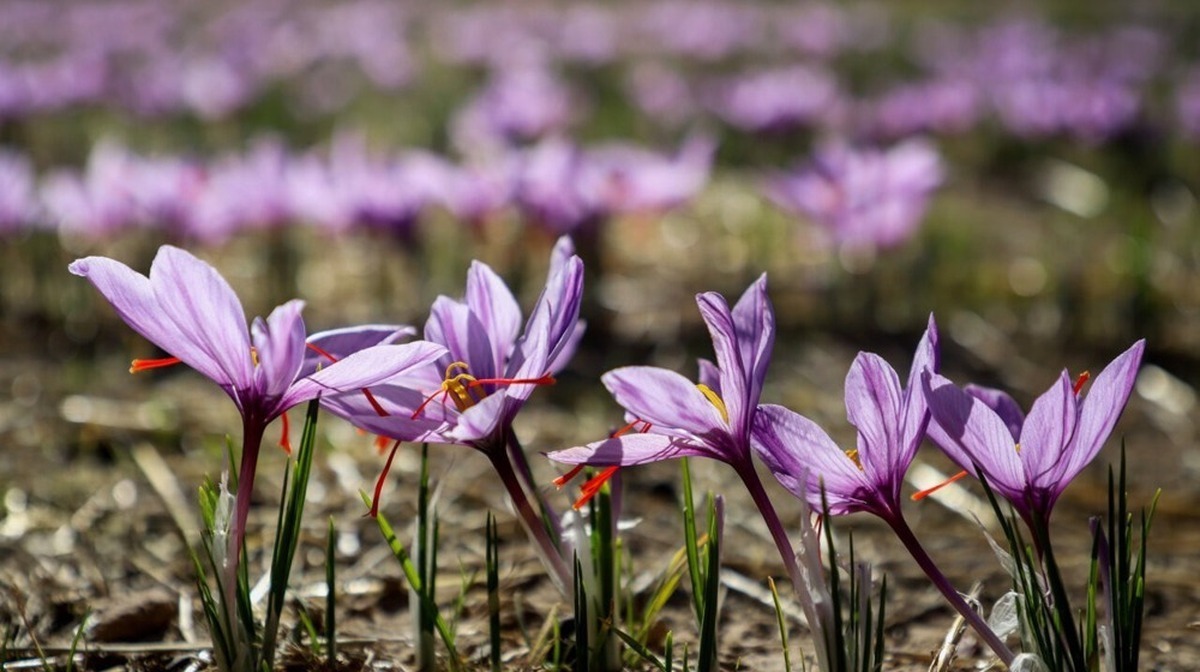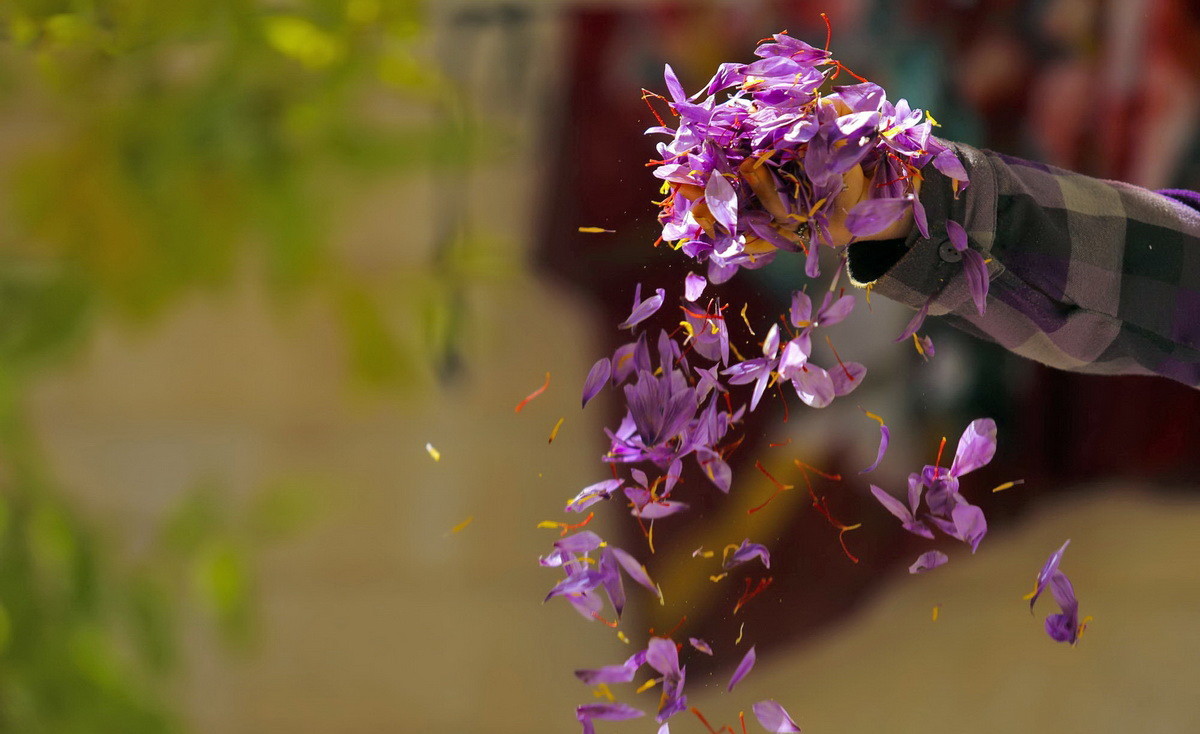
Iran Saffron Exports at Record High

EghtesadOnline: About 236 tons of saffron worth more than $325 million were exported from Iran during the last fiscal year (March 2017-18), indicating a 55% and 56% growth in weight and value respectively compared with the year before.
This marks a 10-year record and growth in exports for two consecutive years, the head of Agriculture, Water and Food Industries Commission with Tehran Chamber of Commerce, Industries, Mines and Agriculture said.
“Some 20 countries were among our main export destinations. Around 77% of Iran’s saffron exports headed to three countries, namely Hong Kong, the UAE and Spain,” Kaveh Zargaran also told Financial Tribune.
“This shows that we have not been successful in diversifying our export destinations.”
World’s Biggest Saffron Producer
Iran is the world’s biggest saffron producer and accounts for more than 90% of global production. The country produces over 300 tons of saffron per year.
Per capita consumption of saffron in the Middle Eastern country stands at 1 gram. Annually, 80 tons of saffron are consumed domestically.
However, despite the near-total dominance in output, Iran accounts for around 60% of global saffron trade as a major part of the exports is repackaged, reexported and sold under foreign brands, depriving Iran of the added value.
“About 34% of the saffron cultivated in Iran are labeled and sold by other countries,” Gholamreza Miri, deputy head of the National Council of Saffron, has been quoted as saying. “The remaining 6% takes place in Greece, Afghanistan, India and Spain.”
Saffron exports are being further pressured by huge loads of legal and illegal shipments of saffron bulb to neighboring Afghanistan over the past decade, turning the neighboring country into Iran’s rival.
“We need to block the illegal outflow of saffron bulbs and support domestic production and exports,” Gholamhossein Shafei, the former head of the council and current chairman of Iran Chamber of Commerce, Industries, Mines and Agriculture, said.
IME Hosts Saffron Futures Trading
Iran Mercantile Exchange launched saffron futures trading for the first time on May 23 to develop the market for derivatives with new underlying assets.
The futures’ expiration date is set for Sept. 11. Each contract has 100 grams of premium saffron as its underlying asset with a 3% daily fluctuation cap set on its price.
Launching futures trade for saffron has many advantages for the market, including risk mitigation, trade guarantees by IME, low transaction costs and tax exemption. But the biggest advantage is pricing transparency and discovery, considering that IME trade will cut off middlemen and directly link up farmers with buyers.
The increasing presence of saffron at IME can bode well for producers and lessen or eliminate many of the limitations, especially if the red gold can make it to IME’s export floor in the future.
Earlier in February 2017, the commodity exchange started listing saffron for trading using certificates of deposit in Khorasan Razavi Province.
Iran Mercantile Exchange is a commodities exchange located in Tehran. Founded in 2006, IME trades in agricultural, industrial and petrochemical products in the spot and futures markets.


